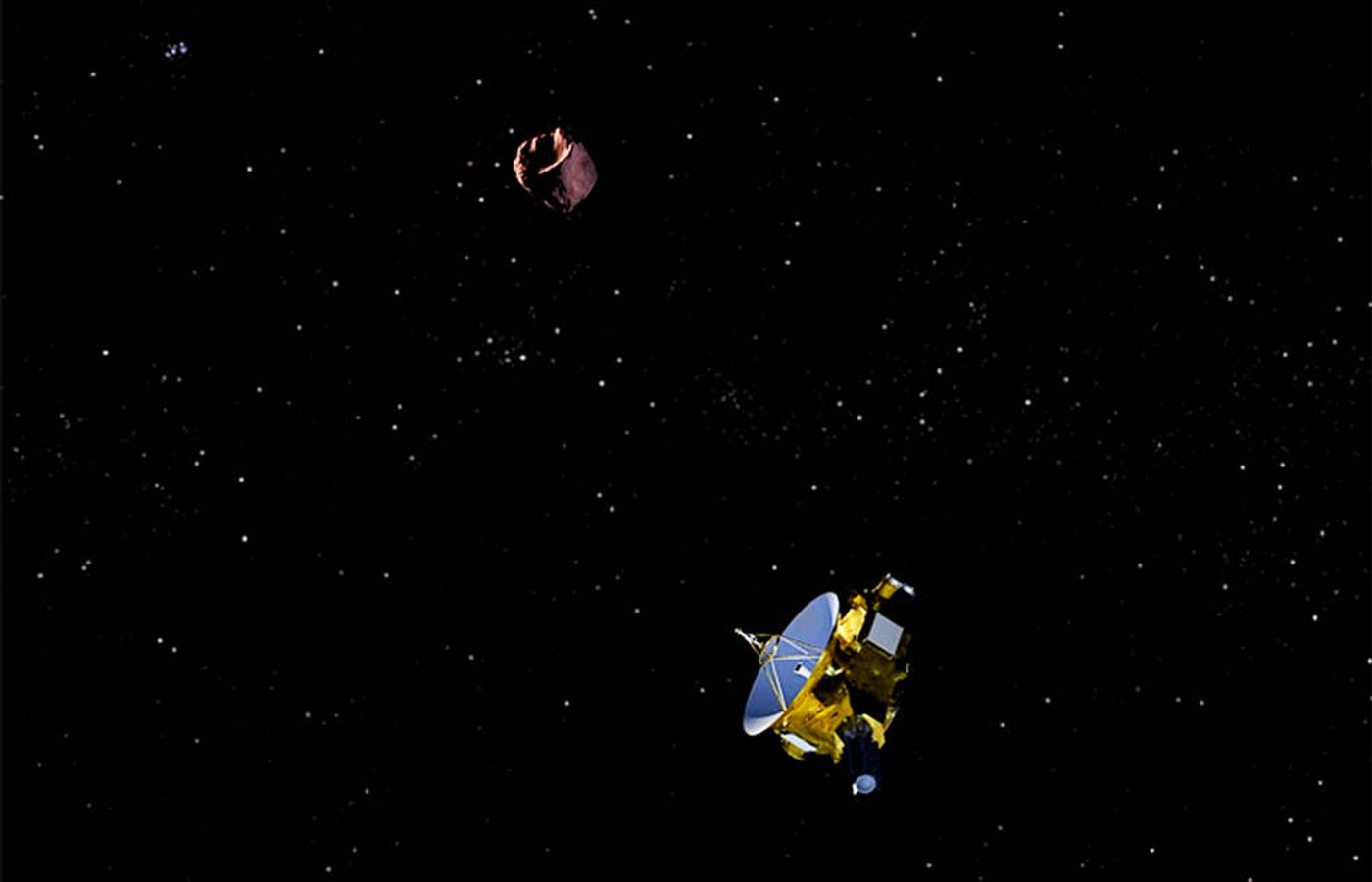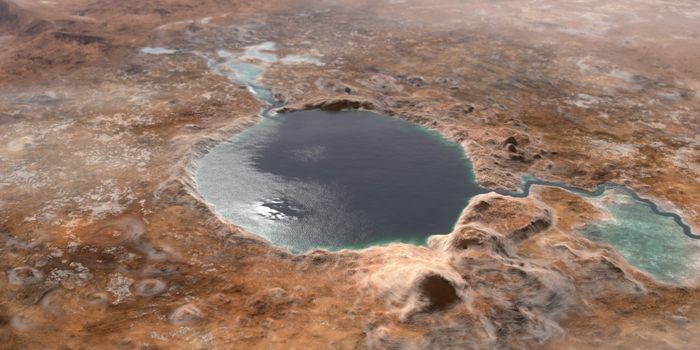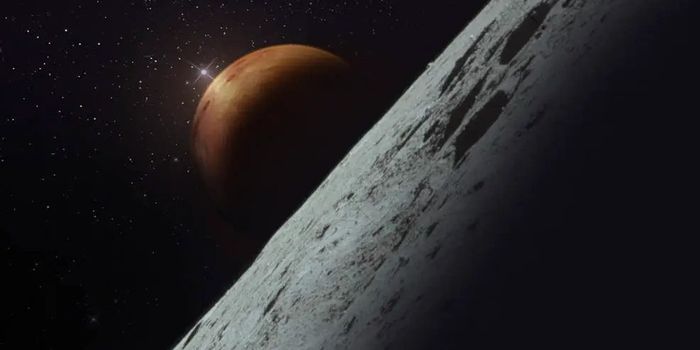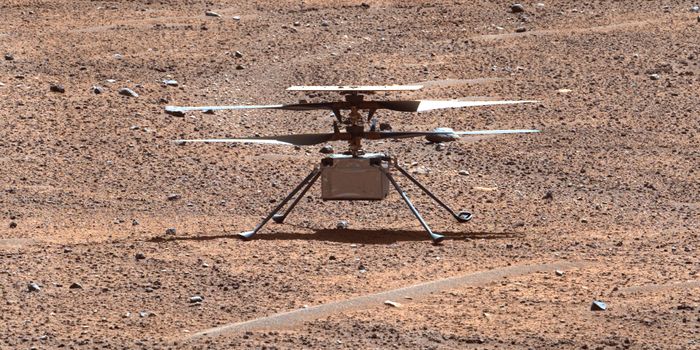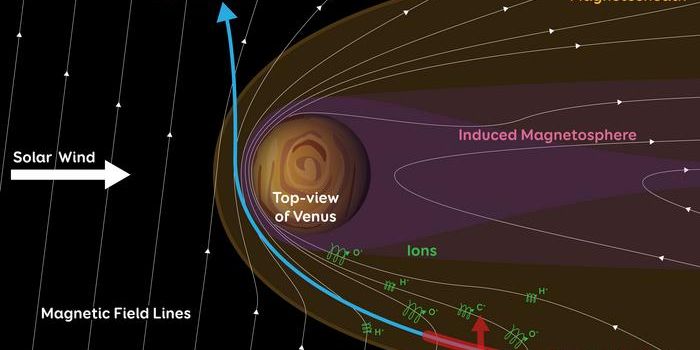New Horizons Tweaks Course for Accuracy in Preparation for its Next Flyby Target
Unless you’ve been living under a rock, then you know New Horizons made history back in 2015 when it flew past Pluto and grabbed the clearest photographs of the dwarf planet that we, as a civilization, have ever seen.
On the other hand, once the flyby was done and over with, NASA didn’t just waste their New Horizons spacecraft; instead, they’ve repurposed it with the task of going on to study an object in the Kuiper Belt, which is the next thing out from Pluto.
In particular, they want to study a small icy body named 2014 MU69, which is a Kuiper Belt Object (KBO), and we expect to be able to learn more about what all of the objects in the Kuiper Belt are made out of and what they look like by flying past this object and snapping pictures of it, just like we did with Pluto.
Image Credit: NASA/JHUAPL/SWRI/Steve Gribben
On the other hand, 2014 MU69 is quite far away from Pluto, as much as one billion miles away, so New Horizons won’t reach it until around January 1st of 2019. That gives NASA plenty of time to prepare for the flyby, and that’s exactly what they’ve been doing.
In a recent announcement, NASA shared that they commanded New Horizons to make a slight change in its course. This tweak was necessary to ensure New Horizons comes as close to 2014 MU69 as possible when the time comes to grab photos and information that will help scientists study the outer reaches of our Solar System.
According to the space agency, New Horizons was commanded to ignite the fuel to its thrusters for a solid 44 seconds, which compensated for any miscalculations they may have had previously. The signal, which traveled at the speed of light, took five hours to reach New Horizons, which is more than 3.5 billion miles away. This adjustment changed New Horizons’ velocity by approximately 1 mile per hour.
Image Credit: NASA/JHUAPL/SwRI
“One mile per hour may not sound like much,” said mission Principal Investigator Alan Stern, of the Southwest Research Institute in Boulder, Colorado, “but over the next 23 months, as we approach MU69, that maneuver will add up to an aim point refinement of almost six thousand miles (10,000 kilometers).”
It’s worth noting that this is the first corrective maneuver performed since the Fall of 2015, which was the very first time NASA started to prepare New Horizons for its next target.
There’s still a wait to come before New Horizons gets to its target, but it should be interesting to see what 2014 MU69 actually looks like up close. After all, seeing things that far away with mere telescopes is hard since there aren’t any light sources way out there. Everything we try to image looks like a big blur; this mission should change that.
Will NASA need to adjust New Horizons' velocity or direction again before the approach? It's possible, but it's too early to tell right now.
Source: NASA
